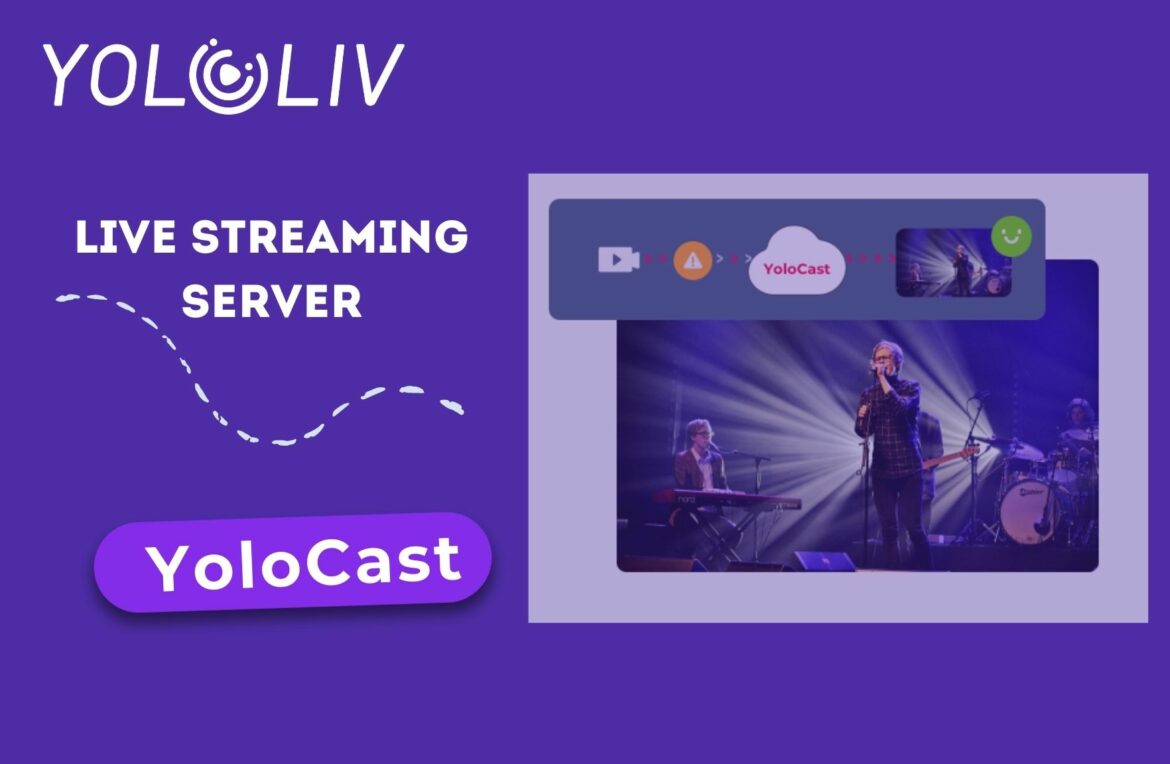Live streaming has become an integral part of the digital world, from online events to e-learning, live streaming is used by individuals and organizations to communicate and engage with their audiences. However, for a seamless live streaming experience, a reliable live streaming server is essential. In this article, we will discuss everything you need to know about live streaming servers, from their types to their benefits, and how to choose the right one for your needs.
Table of Contents
- Introduction
- What is a Live Streaming Server?
- Types of Live Streaming Servers
- Benefits of Using a Live Streaming Server
- Factors to Consider When Choosing a Live Streaming Server
- How to Choose the Right Live Streaming Server for Your Needs
- Setting Up a Live Streaming Server
- Common Issues with Live Streaming Servers and How to Fix Them
- Tips for Optimizing Your Live Streaming Server
- Alternatives to Live Streaming Servers
- Conclusion
- FAQs
1. Introduction
Live streaming has revolutionized the way we consume media, making it possible to access real-time content from anywhere in the world. A live streaming server is a vital component that enables you to broadcast your live stream to your audience. In this article, we will explore the different types of live streaming servers available and help you choose the right one for your needs.
2. What is a Live Streaming Server?
A live streaming server is a software program that processes and distributes a live stream to multiple users. It acts as a gateway between the streaming source and the end-users. The server receives the video and audio content from the streaming source and encodes it into different formats, allowing users to view the live stream on various devices.
3. Types of Live Streaming Servers
There are two types of live streaming servers: self-hosted and cloud-hosted.
3.1 Self-hosted Live Streaming Servers
Self-hosted live streaming servers require you to set up and manage the server infrastructure yourself. These servers offer more control and flexibility but require technical expertise and resources to set up and maintain.
3.2 Cloud-hosted Live Streaming Servers
Cloud-hosted live streaming servers are provided by third-party vendors, allowing you to outsource the server infrastructure and management. These servers are easy to set up and require little technical expertise, making them ideal for beginners.

4. Benefits of Using a Live Streaming Server
Using a live streaming server offers several benefits, including:
- Reliability: Live streaming servers are designed to handle large volumes of traffic, ensuring a smooth and uninterrupted streaming experience for your viewers.
- Scalability: Live streaming servers can accommodate an unlimited number of users, making them ideal for large-scale events and broadcasts.
- Customization: Live streaming servers offer advanced customization options, allowing you to tailor your live stream to your brand’s unique style and requirements.
- Analytics: Live streaming servers provide detailed analytics on your live stream’s performance, including viewer engagement, audience demographics, and viewer retention rates.
- Monetization: Live streaming servers offer various monetization options, such as pay-per-view, subscriptions, and advertising, enabling you to generate revenue from your live stream.
- Streaming Protocol: Ensure the server supports the streaming protocol you want to use, whether it’s RTMP, HLS, or MPEG-DASH.
- Features: Consider the features you require, such as monetization options, analytics, and customization.
5. Factors to Consider When Choosing a Live Streaming Server
When selecting a live streaming server, consider the following factors:
- Budget: Live streaming servers can range from free to thousands of dollars. Determine your budget before selecting a server.
- Audience Size: Choose a server that can accommodate your expected audience size.
- Streaming Quality: Select a server that supports your desired streaming quality, whether it’s 720p, 1080p, or 4K.
- **Streaming Protocol
- Streaming Protocol: Ensure the server supports the streaming protocol you want to use, whether it’s RTMP, HLS, or MPEG-DASH.
- Features: Consider the features you require, such as monetization options, analytics, and customization.
6. How to Choose the Right Live Streaming Server for Your Needs
To choose the right live streaming server for your needs, follow these steps:
- Determine your budget.
- Consider your audience size and streaming quality requirements.
- Evaluate the available live streaming servers and their features.
- Compare the pricing and features of each server.
- Choose the server that best meets your needs and budget.
7. Setting Up a Live Streaming Server
Setting up a live streaming server can be challenging, especially if you opt for a self-hosted server. Follow these steps to set up a self-hosted live streaming server:
- Choose a server hardware and software solution.
- Install the required software, such as a media server, encoder, and player.
- Configure the server and software settings.
- Test the server and ensure it’s working correctly.
8. Common Issues with Live Streaming Servers and How to Fix Them
Live streaming servers can encounter various issues, such as buffering, latency, and server crashes. Here are some common issues and how to fix them:
- Buffering: Reduce the video bitrate or increase the user’s internet speed.
- Latency: Use low-latency streaming protocols like WebRTC or reduce the server’s distance from the user.
- Server Crashes: Increase the server’s capacity or optimize the server’s performance.
9. Tips for Optimizing Your Live Streaming Server
Here are some tips for optimizing your live streaming server:
- Reduce Latency: Use low-latency streaming protocols like WebRTC or reduce the server’s distance from the user.
- Monitor Server Performance: Monitor the server’s performance and optimize it regularly.
- Optimize Video Bitrate: Optimize the video bitrate to ensure smooth streaming and reduce buffering.
10. Alternatives to Live Streaming Servers
If you don’t want to use a live streaming server, you can consider the following alternatives:
- Social Media Platforms: Platforms like Facebook, YouTube, and Twitch offer built-in live streaming capabilities.
- Content Delivery Networks (CDNs): CDNs like Akamai and Cloudflare offer live streaming services that can handle large-scale broadcasts.
11. Conclusion
A live streaming server is an essential component of any live streaming setup, providing reliability, scalability, customization, analytics, and monetization options. When choosing a live streaming server, consider your budget, audience size, streaming quality, and required features. Setting up and optimizing a live streaming server can be challenging, but following best practices and monitoring its performance can help ensure a seamless live streaming experience. YoloCast can be a reliable platform for customers.
18,130 total views, 3 views today

Aura, the marketing specialist at YoloLiv. With her extensive work experience and motivated work attitude, she continually encourages user issue solutions and feature request fulfillment in order to satisfy the demands of more people.


